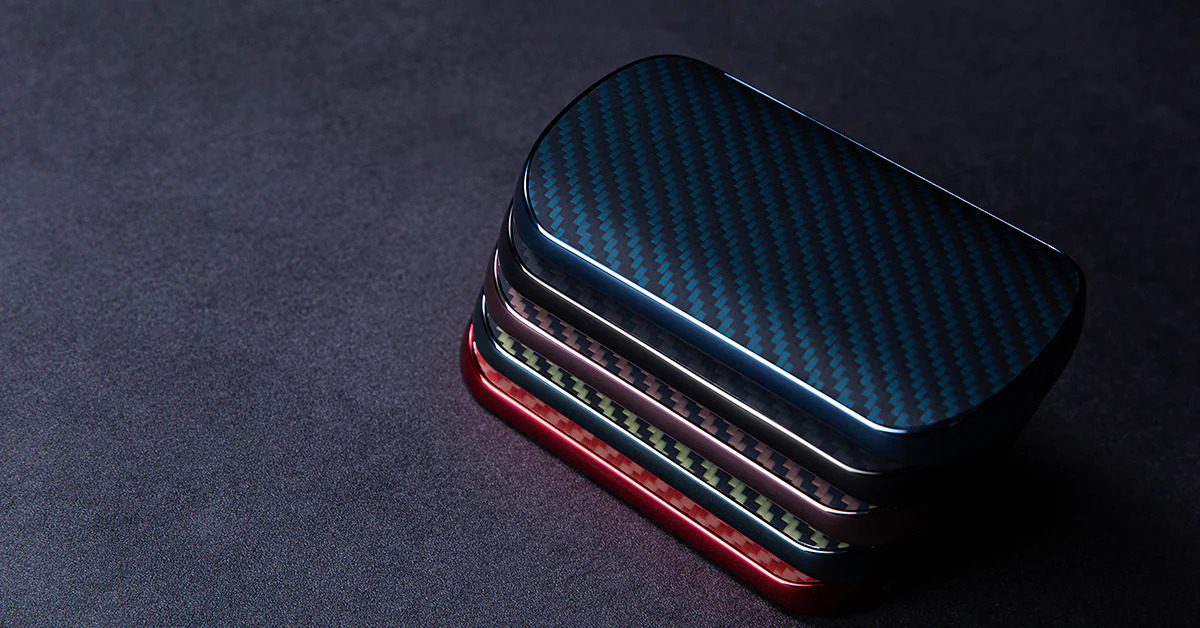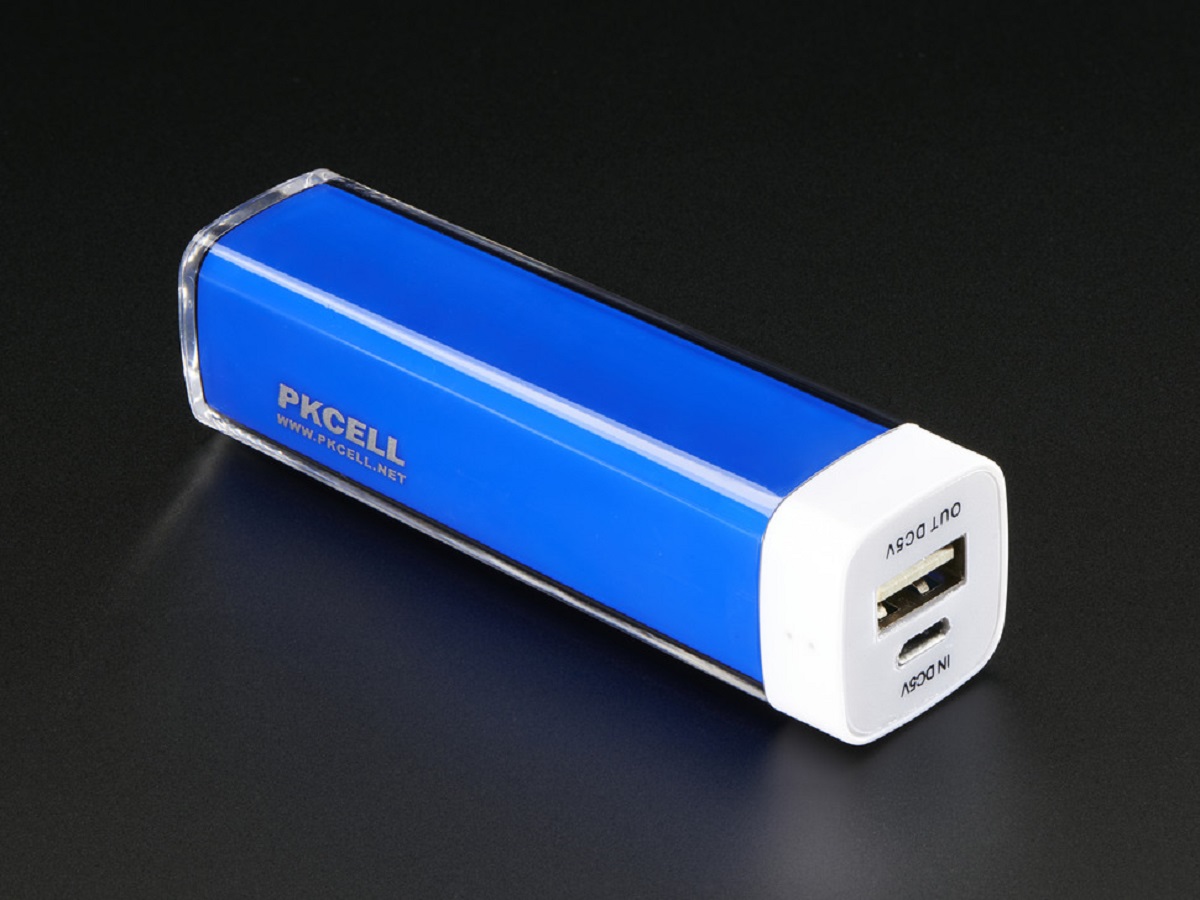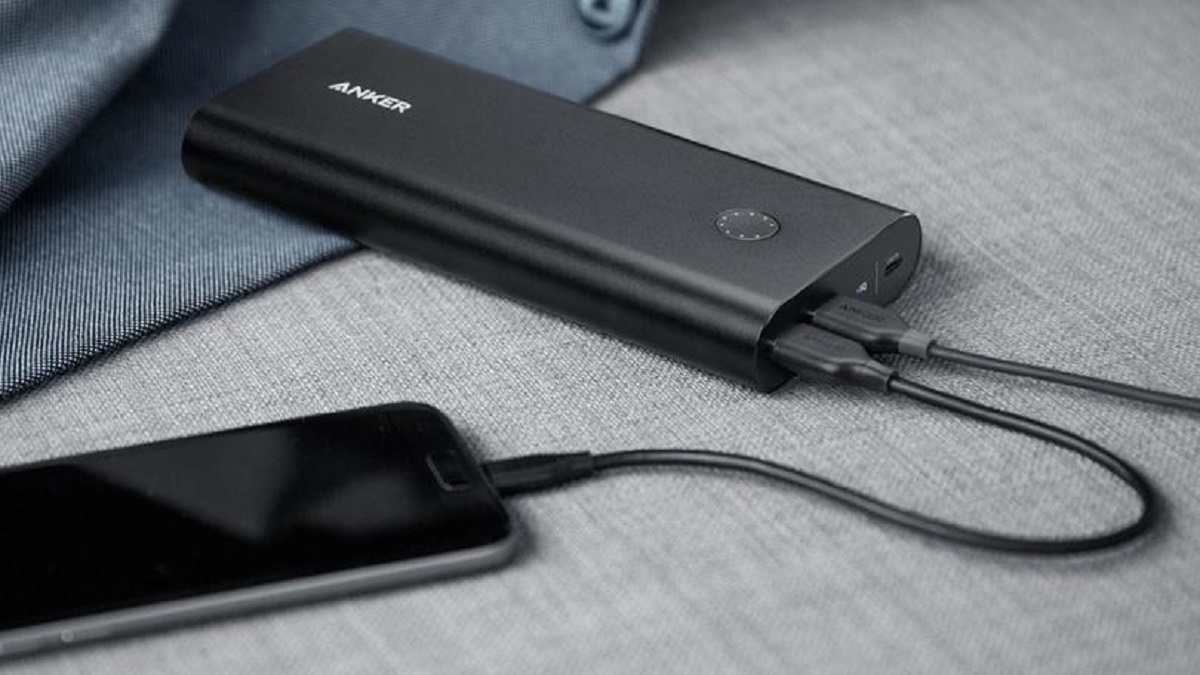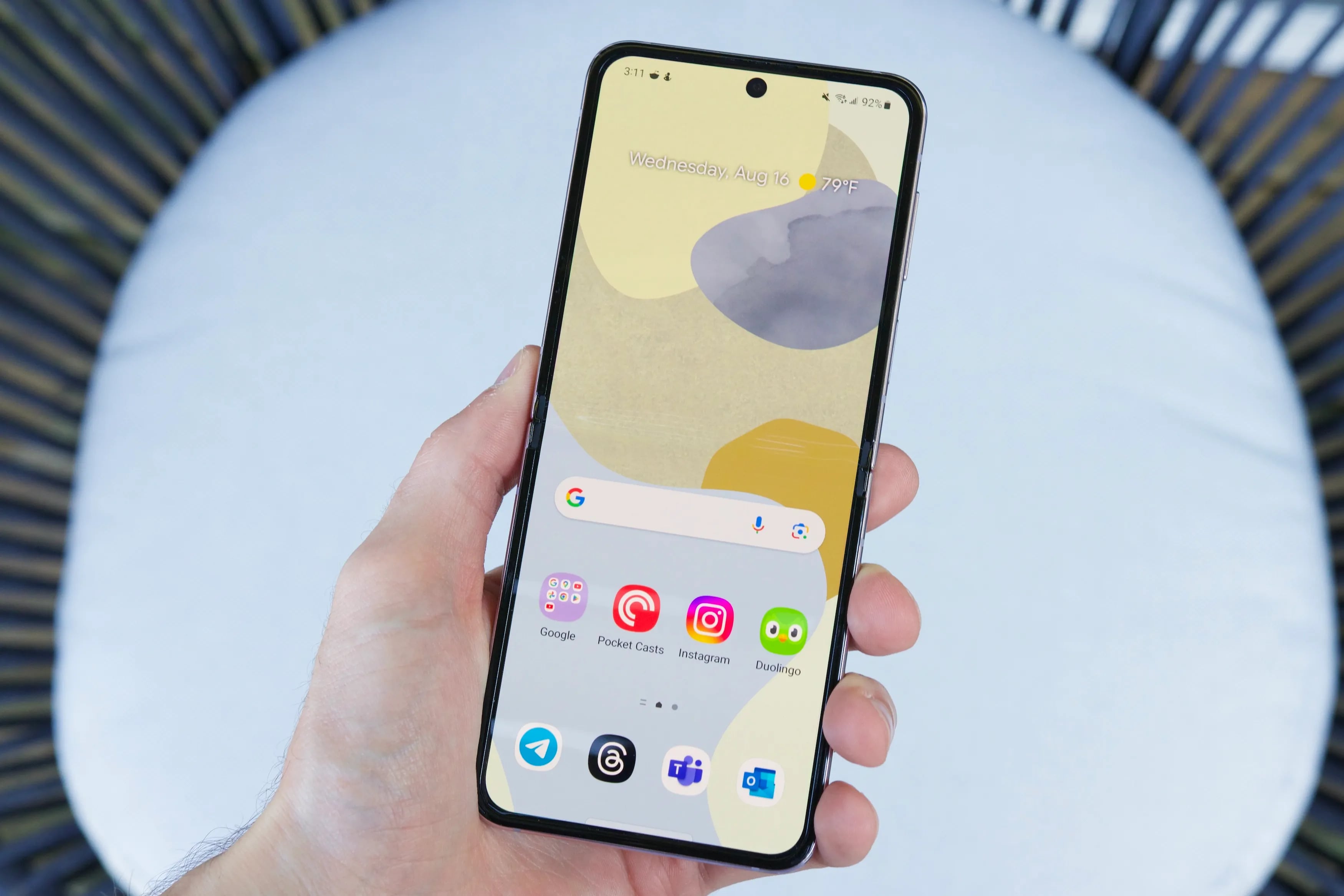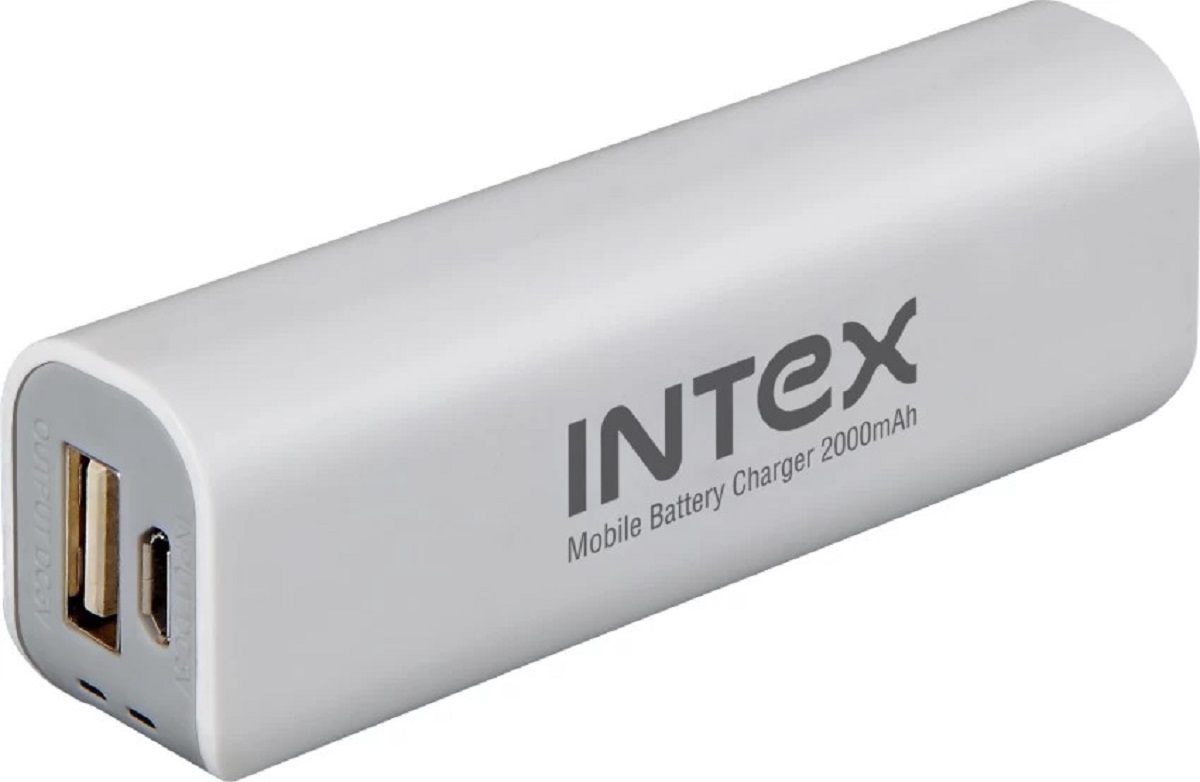Introduction
Power banks have become an essential accessory for our increasingly mobile lifestyles. Whether you are traveling, at work, or simply on the go, a power bank ensures that your devices always stay charged. However, with various power bank options available in the market, it’s important to understand their capabilities and limitations.
In this article, we will delve into the world of power banks and focus specifically on 4000mAh power banks. We will explore their charging capacity, factors affecting their usage, and provide insights into how long a 4000mAh power bank can last.
Understanding the mAh (milliampere-hour) rating of a power bank is crucial in assessing its charging capacity. The mAh rating determines the amount of charge a power bank can store. It indicates the power bank’s ability to deliver current over time, typically measured in hours.
However, it is important to note that the mAh rating isn’t the sole factor determining the actual charging time or the number of device charges a power bank can provide. Various factors such as the energy efficiency of the power bank, the device being charged, and conversion losses can impact the overall performance.
In the following sections, we will explore these factors in more detail and provide a realistic estimation of how long a 4000mAh power bank can last in different usage scenarios. With this knowledge, you will be able to optimize the usage of your 4000mAh power bank and make an informed decision when it comes to your charging needs.
Understanding mAh (Milliampere-Hour)
When it comes to power banks, the term mAh, short for milliampere-hour, plays a significant role. It refers to the capacity of the power bank and indicates the amount of charge it can store. The higher the mAh rating, the more charge the power bank can hold.
Milliampere-hour is a unit of electric charge commonly used to measure battery capacity. It represents the number of milliamperes (mA) that a power bank can deliver for an hour, or the current it can supply over time.
For example, a power bank with a rating of 4000mAh can theoretically provide a current of 4000 milliamperes for one hour, or 2000 mA for two hours, before its charge is fully depleted. However, it’s important to remember that this is an ideal scenario and not necessarily reflective of real-world usage.
It’s also worth noting that the mAh rating is not a measure of power output, but of capacity. The power output of a power bank is typically measured in watts (W) and depends on the voltage output provided by the power bank. The higher the voltage, the higher the power output.
Understanding the mAh rating of a power bank is crucial when choosing the right power bank for your needs. The mAh rating indicates how many times it can charge a device with a specific battery capacity. For example, a 4000mAh power bank can theoretically charge a smartphone with a 2000mAh battery twice before it needs to be recharged itself.
However, it’s important to remember that the actual number of charges may vary due to several factors, such as the efficiency of the power bank and the device being charged. Additionally, not all battery-powered devices can be charged with the same efficiency, as some devices experience higher power loss during charging.
In the next section, we will explore the various factors that can affect the usage and charging capacity of a power bank. Understanding these factors can help us estimate how long a 4000mAh power bank can last in real-world scenarios.
Factors Affecting Power Bank Usage
While the mAh rating provides a general indication of a power bank’s capacity, several factors can affect its actual usage and charging capacity. It’s essential to consider these factors to better understand how long a 4000mAh power bank can last in different scenarios.
1. Device Battery Capacity: The capacity of the device being charged plays a crucial role in determining the number of charges a power bank can provide. A device with a larger battery capacity will require more power, resulting in fewer charges from a 4000mAh power bank. For example, a device with a 3000mAh battery will likely get around one full charge from a 4000mAh power bank, considering some power loss during charging.
2. Power Bank Efficiency: Power banks are not 100% efficient, and there are energy losses during the charging process. These losses can occur due to internal electrical resistance, heat dissipation, and voltage conversion. The efficiency of a power bank can vary between different models and brands. Choosing a power bank with high energy efficiency can ensure optimal usage and maximize the charging capacity.
3. Charging Cable and Connectors: The quality and condition of the charging cable and connectors can impact the charging speed and efficiency. Low-quality or damaged cables can result in slower charging or energy loss. It’s advisable to use high-quality cables and connectors that are compatible with your power bank and device for optimal performance.
4. Charging Speed: The charging speed can also affect how long a 4000mAh power bank lasts. Higher charging speeds, typically measured in amps (A), can consume the power bank’s capacity more quickly. If your power bank supports fast charging, keep in mind that it may reduce the overall number of charges it can provide.
5. Device Usage While Charging: If you use your device while it’s connected to the power bank, it will consume power simultaneously. This can impact the overall charging capacity and potentially reduce the number of charges a 4000mAh power bank can provide. While it’s convenient to use the device while charging, it’s important to consider how it affects the power bank’s usage.
Considering these factors, it becomes clear that the actual usage and charging capacity of a 4000mAh power bank can vary. In the next section, we will estimate the real-world performance of a 4000mAh power bank and explore typical charging times for different devices.
Energy Efficiency and Conversion Losses
When using a power bank, it’s important to understand that not all the energy stored in the power bank’s battery can be efficiently transferred to the device being charged. There are inherent losses in energy conversion and transmission, leading to a reduction in the overall charging capacity. This is known as conversion losses or energy efficiency.
Conversion losses occur due to factors such as internal resistance, heat dissipation, and voltage conversion. These losses can vary between power bank models and brands, and they can impact the actual charging capacity and the number of charges a power bank can provide.
Most power banks are designed to operate at a nominal voltage, typically 3.7 volts. However, the devices we charge, such as smartphones or tablets, often require a higher voltage for efficient charging. Therefore, the power bank uses a conversion circuit to boost the voltage, usually to 5 volts, which is the standard USB output voltage.
During this voltage conversion process, there are energy losses due to the inefficiency of the conversion circuit. These losses can range from 10% to 30% or even higher, depending on the quality of the power bank. Higher-quality power banks tend to have better conversion efficiency, resulting in lower energy losses.
Aside from conversion losses, power banks also experience some energy loss due to self-discharge. Over time, even when not in use, power banks gradually lose their charge, typically at a rate of around 1-2% per month. This means that even if you don’t use your power bank for a while, you may find its capacity reduced when you do need to charge your devices.
Moreover, external factors such as temperature can also affect the power bank’s energy efficiency. Extreme heat or cold can impact the power bank’s performance and reduce its overall charging capacity.
Considering these conversion losses and other factors, it’s important to be aware that the actual usage and charging capacity of a 4000mAh power bank may be slightly lower than its specified capacity. However, even with these losses, a well-maintained and efficient 4000mAh power bank can still provide multiple charges for your devices.
In the next section, we will estimate the charging capacity of a 4000mAh power bank and explore the typical charging times for different devices.
Estimating the Charging Capacity of a Power Bank
Understanding the charging capacity of a power bank is essential to gauge how long it can last in various usage scenarios. While the mAh rating provides a general indication, there are a few factors to consider when estimating the actual charging capacity of a power bank.
First, it’s important to account for the conversion losses and energy efficiency of the power bank. As mentioned earlier, these losses can vary between models and brands. Higher-quality power banks typically have better efficiency, resulting in lower energy losses during the charging process.
Second, the capacity of the device being charged should be considered. Different devices have different battery capacities, and some may require more power than others to charge fully. For example, charging a smartphone with a 3000mAh battery will consume more of the power bank’s capacity compared to a device with a 2000mAh battery.
Considering these factors, we can estimate the charging capacity of a 4000mAh power bank. In an ideal scenario, assuming no conversion losses and fully efficient charging, a 4000mAh power bank should be able to charge a device with a 2000mAh battery fully twice (2000mAh x 2 = 4000mAh).
However, in reality, due to conversion losses and other factors, the actual charging capacity may be lower. A conservative estimate would be to assume an efficiency of around 80% for most power banks, resulting in an effective capacity of approximately 3200mAh (4000mAh x 0.8 = 3200mAh).
It’s important to note that these estimates are rough guidelines and can vary depending on the specific power bank model and the device being charged. Some power banks may have better energy efficiency, resulting in higher charging capacities, while others may have lower efficiency, reducing the overall charging capacity.
Additionally, it’s worth considering that the remaining charge in the power bank can gradually diminish over time, even when not in use, due to self-discharge. This means that the actual charging capacity may decrease slightly if the power bank has been idle for an extended period.
By taking into account the conversion losses, efficiency, and device capacity, you can estimate the charging capacity of a 4000mAh power bank and have a clearer understanding of how long it can last in real-world usage scenarios.
In the next section, we will explore the typical charging times for different devices, providing more insights into the usage of a 4000mAh power bank.
Typical Charging Times for Different Devices
When it comes to charging devices with a 4000mAh power bank, the charging time can vary depending on several factors, including the device’s battery capacity, charging speed, and power bank efficiency. Let’s explore the typical charging times for different devices to gain a better understanding.
Smartphones: Most smartphones today have battery capacities ranging from 2000mAh to 4000mAh. Charging a smartphone with a 2000mAh battery from a 4000mAh power bank can take approximately 1-2 hours, considering the conversion losses and power bank efficiency. However, smartphones with larger battery capacities may take longer to charge fully, typically around 2-4 hours.
Tablets: Tablets generally have larger battery capacities compared to smartphones, ranging from 5000mAh to 10000mAh or more. Charging a tablet with a 5000mAh battery from a 4000mAh power bank will not fully charge the tablet. However, it can provide a significant boost, adding a few hours of usage. To fully charge a tablet with a 5000mAh battery, a higher-capacity power bank may be required.
Bluetooth Headphones or Earbuds: Bluetooth headphones or earbuds typically have smaller battery capacities, usually ranging from 100mAh to 500mAh. Charging these devices from a 4000mAh power bank should be relatively quick, usually taking around 30 minutes to 1 hour, depending on the device and power bank efficiency.
Smartwatches: Smartwatches typically have smaller batteries, ranging from 200mAh to 500mAh. Charging a smartwatch from a 4000mAh power bank will be quick, usually taking less than an hour. The power bank can easily provide multiple charges for a smartwatch before needing to be recharged itself.
It’s important to note that these are general estimates and can vary depending on the specific model and brand of the device being charged and the power bank’s efficiency. Some smartphones or tablets may support fast charging, which can reduce the overall charging time. Additionally, power banks with higher amperage output can charge devices more quickly.
These typical charging times give you an idea of how long a 4000mAh power bank can last in terms of providing charges or extending the usage time of various devices. By considering the charging times and the capacity of your devices, you can better plan the usage of your power bank and ensure your devices are always powered up when needed.
In the next section, we will explore the relationship between charging capacity and battery size to gain further insights into the capabilities of a 4000mAh power bank.
Charging Capacity vs. Battery Size
When it comes to power banks, the relationship between the charging capacity and the battery size of the devices being charged is crucial to understanding the capabilities of a 4000mAh power bank. Let’s explore how the battery size of a device affects the charging capacity provided by a 4000mAh power bank.
A 4000mAh power bank has a specific amount of charge that it can store and deliver to devices. The capacity of the device’s battery determines how much of that charge will be consumed during the charging process.
If the device being charged has a smaller battery size, such as a smartphone with a 2000mAh battery, a 4000mAh power bank can theoretically charge it fully twice before requiring a recharge itself. This is because the power bank’s capacity exceeds the device’s battery capacity, allowing for multiple charges.
On the other hand, if the device has a larger battery size, such as a tablet with a 5000mAh battery, a 4000mAh power bank will not be able to charge it fully. In this case, the power bank can still provide a significant boost in battery life, allowing for extended usage before the device requires a proper charging source.
It’s important to consider that the charging capacity of a power bank is not solely determined by its mAh rating. Other factors, such as conversion losses and power bank efficiency, can affect the actual charging capacity. These losses can vary between power bank models and brands.
Additionally, it’s worth noting that the number of charges provided by a power bank is not linearly proportional to the device’s battery size. The conversion losses and energy inefficiencies mentioned earlier can result in a reduction in the overall charging capacity.
While a 4000mAh power bank may not be able to fully charge devices with larger battery capacities, it is still a valuable backup power source. It can provide additional usage time and ensure that your devices stay powered up in emergency situations or when access to a wall outlet is limited.
Understanding the relationship between the charging capacity and the battery size of devices can help you assess the capabilities of a 4000mAh power bank and determine if it aligns with your charging needs. It allows you to make an informed decision when choosing a power bank that suits your device usage patterns and ensures you have a reliable backup power source on hand.
In the next section, we will explore the real-world performance of a 4000mAh power bank to provide further insights into its usage and longevity.
Real-World Performance of a 4000mAh Power Bank
When evaluating the performance of a 4000mAh power bank, it’s important to consider real-world usage scenarios and factors that can impact its longevity. While the mAh rating gives us an idea of the power bank’s capacity, the actual performance can vary based on several factors.
One crucial factor is the efficiency of the power bank and the conversion losses during the charging process. As mentioned earlier, power banks are not 100% efficient, and there are energy losses during voltage conversion and transmission. This means that the actual charging capacity may be slightly lower than the specified 4000mAh.
In addition to conversion losses, the performance of a 4000mAh power bank can also be affected by the efficiency of the device being charged. Different devices have different power requirements and charging efficiencies. Some devices experience higher power loss during charging, resulting in a reduced charging capacity for the power bank.
Moreover, it’s important to note that power banks are not designed to provide a continuous power supply indefinitely. The number of charges a power bank can provide depends on its health and usage history. Over time, the performance of a power bank may degrade due to factors such as self-discharge, aging, and overall wear and tear.
Considering these factors, the real-world performance of a 4000mAh power bank can typically provide one to two full charges for smartphones with battery capacities ranging from 2000mAh to 3000mAh. For devices with larger batteries, such as tablets or laptops, a 4000mAh power bank may not be sufficient to fully charge the device but can still provide additional usage time.
It’s important to manage your expectations and consider the specific requirements of your devices when using a 4000mAh power bank. If you have devices with larger battery capacities or if you require multiple full charges, you may need to opt for a higher-capacity power bank to meet your needs.
Additionally, it’s worth mentioning that using a power bank’s full capacity in one go can lead to a shorter lifespan and reduced overall performance of the power bank over time. It’s advisable to use the power bank intelligently, considering how much charge you actually need and recharging the power bank before it completely drains to prolong its lifespan.
By understanding the real-world performance of a 4000mAh power bank and considering the factors that can impact its usage, you can make the most out of its capability and ensure that your devices stay charged and ready for use when you need them.
In the next section, we will provide some tips to optimize the usage of a 4000mAh power bank and enhance its longevity.
Tips to Optimize the Usage of a 4000mAh Power Bank
To make the most out of your 4000mAh power bank and ensure its longevity, consider implementing the following tips and practices:
1. Charge the Power Bank Fully: Before using your power bank for the first time, make sure to charge it fully. This maximizes its charging capacity and ensures optimal performance.
2. Use High-Quality Charging Cables: Invest in high-quality charging cables and connectors that are compatible with your power bank and devices. Cheap or damaged cables can result in slower charging speeds and energy loss.
3. Charge Devices Overnight: Overnight charging allows you to take advantage of the power bank’s capacity and ensures that your devices are fully charged for the day ahead.
4. Turn Off Unnecessary Features: When charging your device with a power bank, turn off unnecessary features like Wi-Fi, Bluetooth, and location services. These features consume power and may reduce the charging efficiency.
5. Use Energy-Saving Modes: Many devices have energy-saving modes that help conserve battery life. Enable these modes when using a power bank to extend the overall usage time.
6. Avoid Using Devices While Charging: Using your device while it’s connected to the power bank can decrease the overall charging capacity. It’s best to let your device charge without any additional power drain.
7. Recharge the Power Bank Regularly: Keeping your power bank charged is essential for its longevity. Recharge it as soon as possible after use, rather than letting it fully drain, to prevent wear on the battery cells.
8. Store the Power Bank Properly: When not in use, store your power bank in a cool and dry place to avoid excessive heat or moisture that can damage the battery. Avoid exposing it to direct sunlight for long periods.
9. Avoid Overcharging: Do not leave your power bank plugged in for an extended period after it’s fully charged. Overcharging can degrade the battery’s performance and lifespan over time.
10. Consider Power Bank Maintenance: Follow the manufacturer’s guidelines for power bank maintenance, such as firmware updates or recommended cleaning methods, to ensure optimal performance.
By following these tips, you can optimize the usage of your 4000mAh power bank, prolong its lifespan, and ensure that it provides reliable charging when you need it the most.
Conclusively, a 4000mAh power bank can be a convenient and reliable companion for your charging needs. Understanding its capabilities, considering real-world performance factors, and implementing optimization practices will allow you to make the most out of your power bank and keep your devices powered up on the go.
Conclusion
Power banks have become indispensable in our increasingly mobile lives, providing a reliable backup power source for our devices. A 4000mAh power bank offers a convenient and portable solution, but understanding its capabilities and limitations is essential for optimal usage.
Throughout this article, we have explored the world of 4000mAh power banks, delving into the understanding of mAh, factors affecting power bank usage, energy efficiency, estimating charging capacity, typical charging times for different devices, and optimizing power bank usage.
We have learned that while the mAh rating gives us an idea of a power bank’s capacity, it’s important to consider factors such as conversion losses, power bank efficiency, device battery size, and charging speed to accurately estimate actual charging capacity and usage time.
By considering device battery size, power bank efficiency, and typical charging times, users can make informed decisions about which devices they can charge fully and how many times they can charge a specific device using a 4000mAh power bank.
Optimizing the usage of a 4000mAh power bank involves using high-quality charging cables, avoiding unnecessary device features when charging, recharging the power bank regularly, and storing it properly when not in use. These practices can enhance the power bank’s longevity and ensure reliable performance.
In conclusion, a 4000mAh power bank can be a valuable companion for on-the-go charging needs. Its capacity allows for multiple charges of smartphones, smaller devices, and boosts the usage time of larger devices. Understanding its limitations and implementing optimization practices ensures that you can always stay connected and powered up, even when access to a wall outlet is limited.
So, whether you’re heading out for a long day of work, embarking on a trip, or simply need extra power backup, a 4000mAh power bank can be a reliable and convenient solution to keep your devices charged and ready for action.









